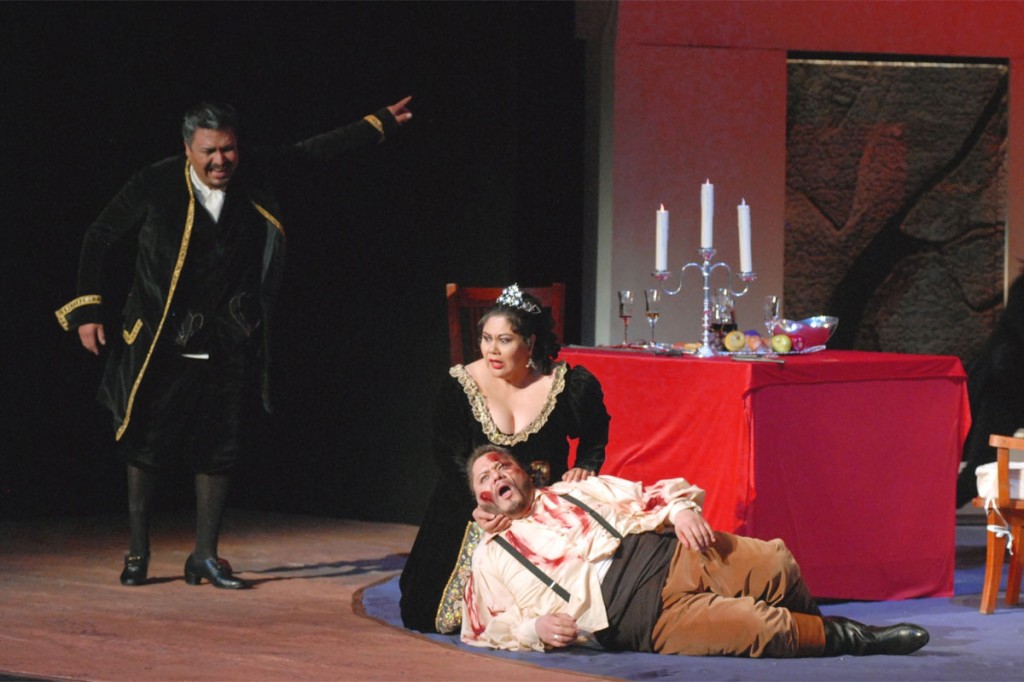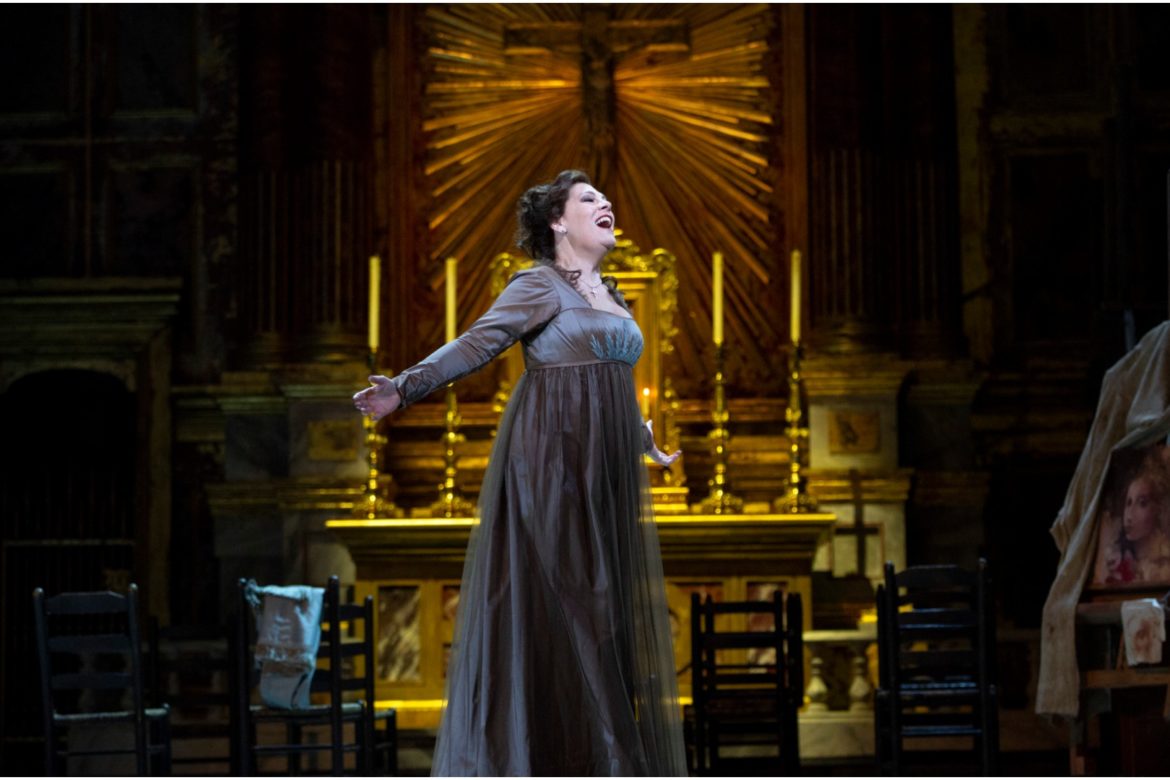

In this performance, the WNO has pushed the story forward to the turn of the twentieth century, almost halfway between Verdi’s time and our own. La traviata quickly became a runaway success. To avoid offending anyone, producers moved the action back a century, making it harder for audiences to see any connection to their real-life society. This was a very unusual choice by Verdi–– to set an opera in the “present” day with characters that would be immediately recognizable to viewers as figures from their own social circles. This was most likely because the story centered on an up-to-date tale of forbidden love in the 1850s and featured scenes with members of the upper classes behaving less than properly for the period, not to mention a heroine who was a well-paid courtesan. Violetta and Alfredo’s romance, which (spoiler alert) doesn’t go according to plan, makes pretty much every operagoer’s list of the most moving tales ever to grace the operatic stage.īut at the time it was written, some theatergoers may have considered La traviata to be very modern…and maybe even a little scandalous.


If you were to ask any opera fan about the greatest love stories in all of musical history, odds are La traviatawould make it into the top ten… at least.


 0 kommentar(er)
0 kommentar(er)
